Thang Long Imperial Citadel. Illustration photo: VNA
With nearly 6,000 cultural and historical relics, including 16 special national relics and relic clusters, nearly 1,200 relics ranked nationally; in particular, the Central Relic Area of Thang Long Imperial Citadel was recognized by the United Nations Educational, Scientific and Cultural Organization (UNESCO) as a world cultural heritage..., the Capital is not only a political center but also a "living museum" of national history and culture.
However, the preservation and promotion of the value of relics and heritage in the context of rapid urbanization and increasing pressure on socio-economic development also pose many challenges. Many relics are degraded, lack funds for restoration, or have not been effectively exploited for tourism and traditional education. In some places, relics are encroached upon, misused, causing the inherent cultural values to fade.
Recognizing the particularly important role of cultural heritage in shaping urban identity and sustainable development, the Hanoi People's Council recently passed a Resolution on Issuing a List of areas, relics, heritages, and works that need to focus resources on protecting and promoting cultural values; a list of typical blocks and streets with cultural and historical values, a list of valuable architectural works to restore, protect, and promote values in the area. This is a drastic and timely move to create a legal corridor, as well as a specific basis for prioritizing investment, allocating budget, and effectively managing and protecting the unique cultural values of the Capital.
The resolution not only affirms the city government’s determination to preserve heritage, but also demonstrates a new approach – viewing heritage as a resource for development. Selecting typical relics and works to focus investment resources will help unleash the potential for developing cultural tourism and creative industries, while contributing to educating traditions for the younger generation.
According to the resolution, the List of Tangible Cultural Heritage includes: List of typical relics managed by the Hanoi People's Committee; relics recognized as special national relics; relics ranked at the national level; relics ranked at the city level; ranked revolutionary resistance relics; list of locations with plaques commemorating revolutionary resistance events; list of recognized national treasures; and an ancient village.
The list of Intangible Cultural Heritage includes: List of intangible cultural heritages recognized by the United Nations Educational, Scientific and Cultural Organization (UNESCO); cultural heritages recognized in the list of National intangible cultural heritages; craft villages, traditional craft villages and typical traditional occupations of Hanoi.
The Resolution also promulgates a List of typical blocks and streets with cultural and historical value; a List of old villas built before 1954 and a List of other works with notable architectural value.
In recent years, Hanoi has implemented many synchronous solutions such as: investing thousands of billions of VND to restore relics; promoting the digitization of documents; organizing creative activities associated with heritage spaces such as the night tour "Decoding Thang Long Imperial Citadel", a creative space for heritage education at the Temple of Literature - Quoc Tu Giam; a creative space promoting the value of traditional performing arts at the Thang Long Puppetry Theater; Hoa Lo Prison Relic... These models not only create new vitality for heritage, but also help spread the love of traditional culture in the community.
In addition, Hanoi also deploys and implements the digitization of heritage; thereby contributing to the storage of valuable documents and images, building a common data system of relics and red addresses in the area, and at the same time helping people at home and abroad understand and love the traditional culture of the capital.
With the development orientation of becoming a UNESCO Creative City, Hanoi is gradually transforming heritage into a driving force for development - both preserving traditional values and promoting the economy, linking heritage with contemporary life.
However, to effectively implement the Resolution, there needs to be close coordination between the government, experts, artisans, businesses and the people. Heritage protection is not only the task of one sector or level, but also the shared responsibility of the whole society. Only when people truly see themselves as the owners and guardians of heritage can those values live forever.
Preserving relics and heritage means preserving the soul of Thang Long - Hanoi. The city's new resolution is a necessary step to turn commitment into action, making heritage a pillar of cultural development and urban identity in the future.
According to VNA
Source: https://baoangiang.com.vn/phat-huy-gia-tri-di-tich-di-san-giup-gin-giu-hon-cot-thu-do-a420465.html


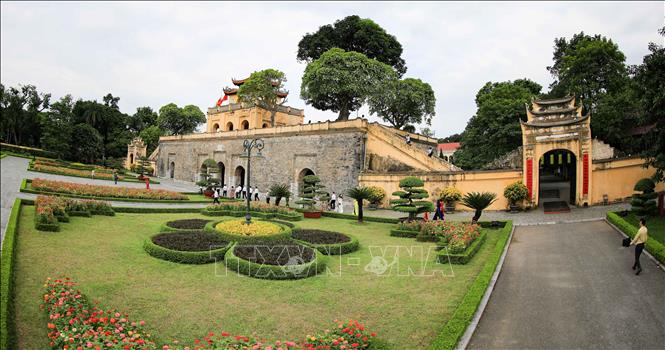
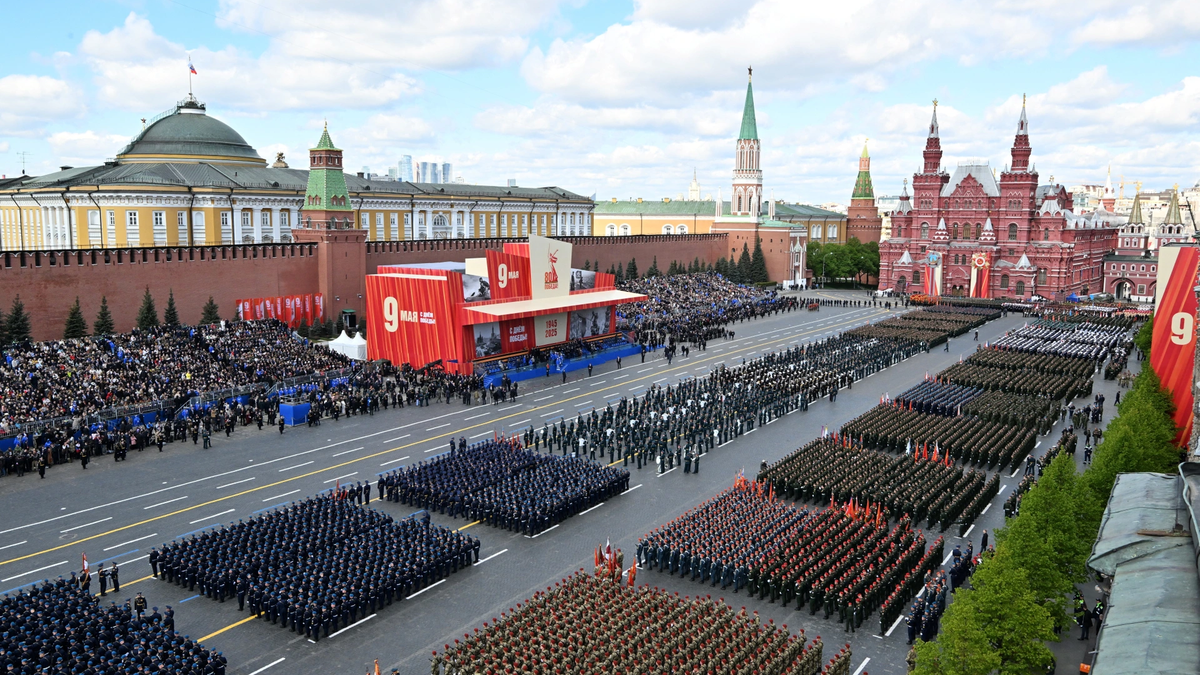
![[Photo] Magical moment of double five-colored clouds on Ba Den mountain on the day of the Buddha's relic procession](https://vphoto.vietnam.vn/thumb/1200x675/vietnam/resource/IMAGE/2025/5/9/7a710556965c413397f9e38ac9708d2f)
![[Photo] Prime Minister Pham Minh Chinh chairs a special Government meeting on the arrangement of administrative units at all levels.](https://vphoto.vietnam.vn/thumb/1200x675/vietnam/resource/IMAGE/2025/5/9/6a22e6a997424870abfb39817bb9bb6c)

![[Photo] General Secretary To Lam and international leaders attend the parade celebrating the 80th anniversary of the victory over fascism in Russia](https://vphoto.vietnam.vn/thumb/1200x675/vietnam/resource/IMAGE/2025/5/9/4ec77ed7629a45c79d6e8aa952f20dd3)
![[Photo] Russian military power on display at parade celebrating 80 years of victory over fascism](https://vphoto.vietnam.vn/thumb/1200x675/vietnam/resource/IMAGE/2025/5/9/ce054c3a71b74b1da3be310973aebcfd)




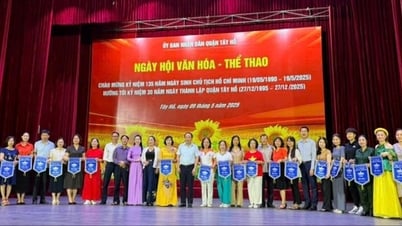
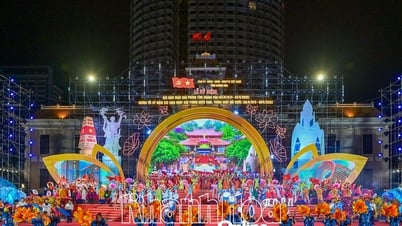






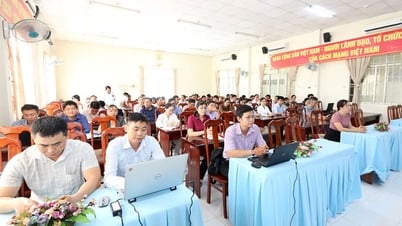
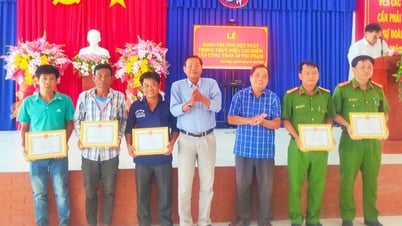
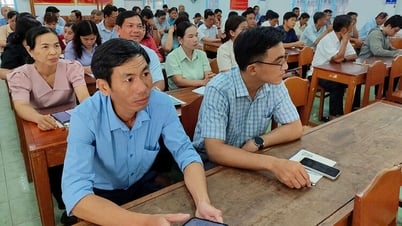

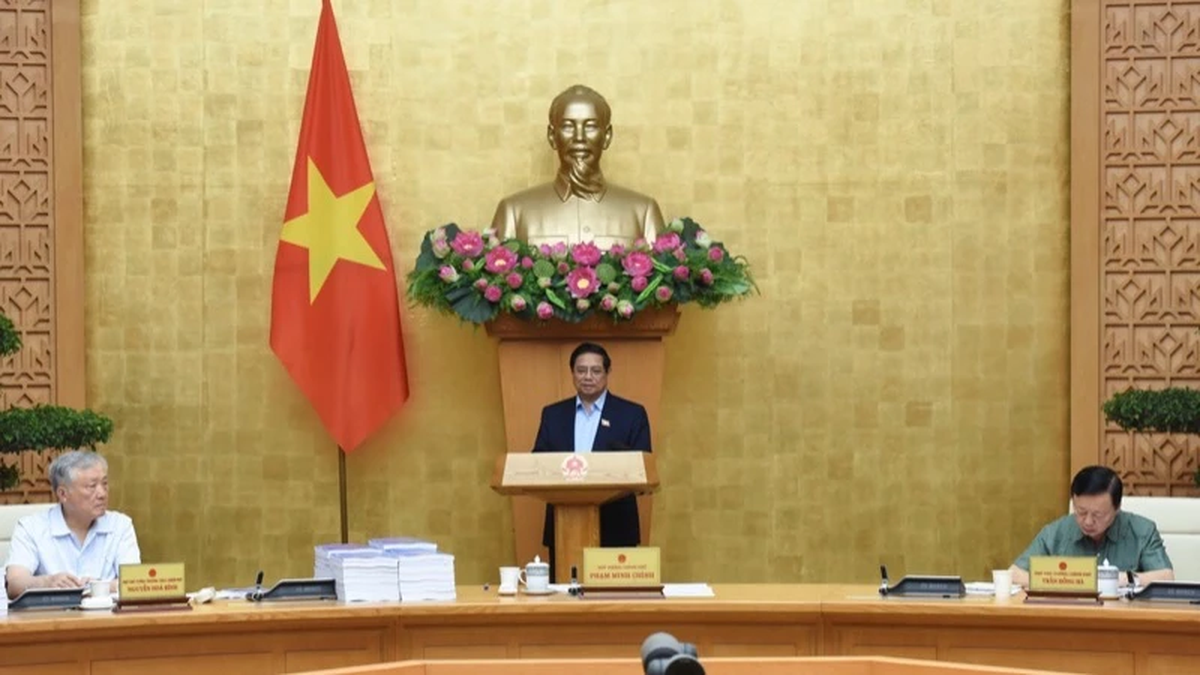
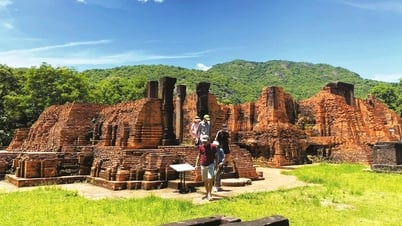

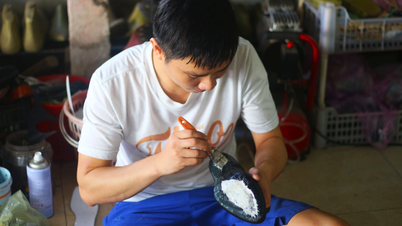












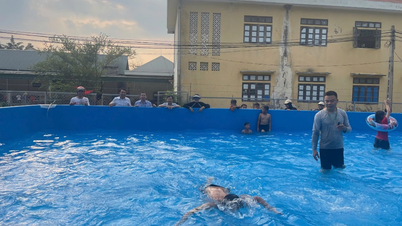












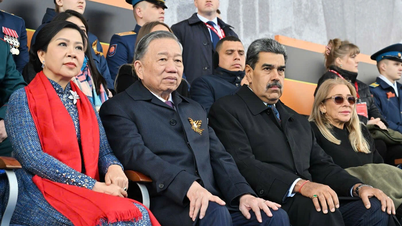
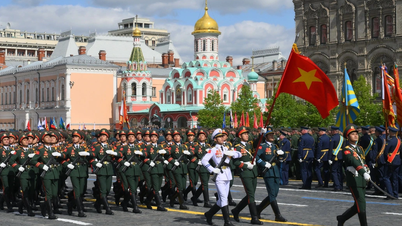

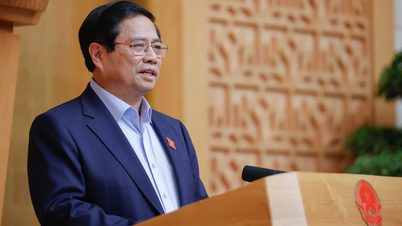
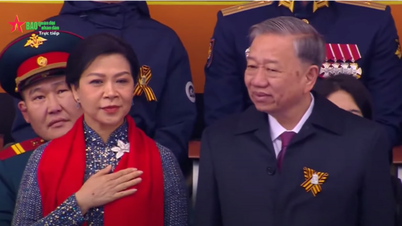




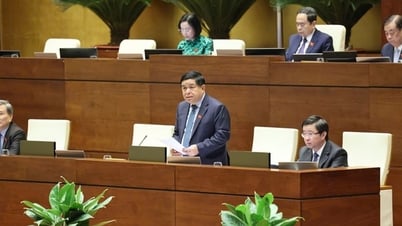

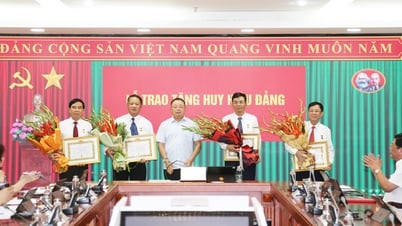

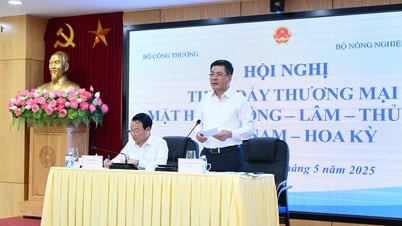


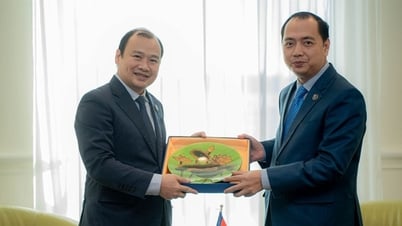


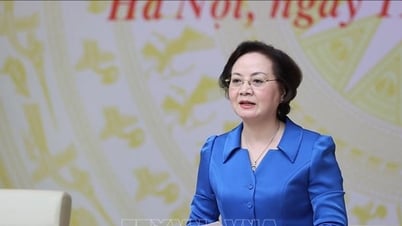
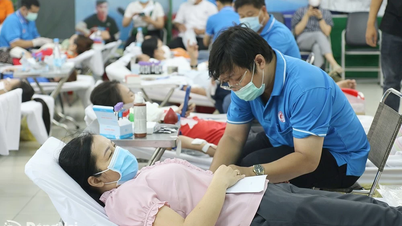

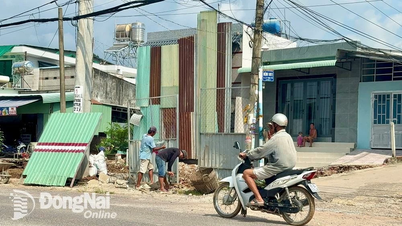









Comment (0)